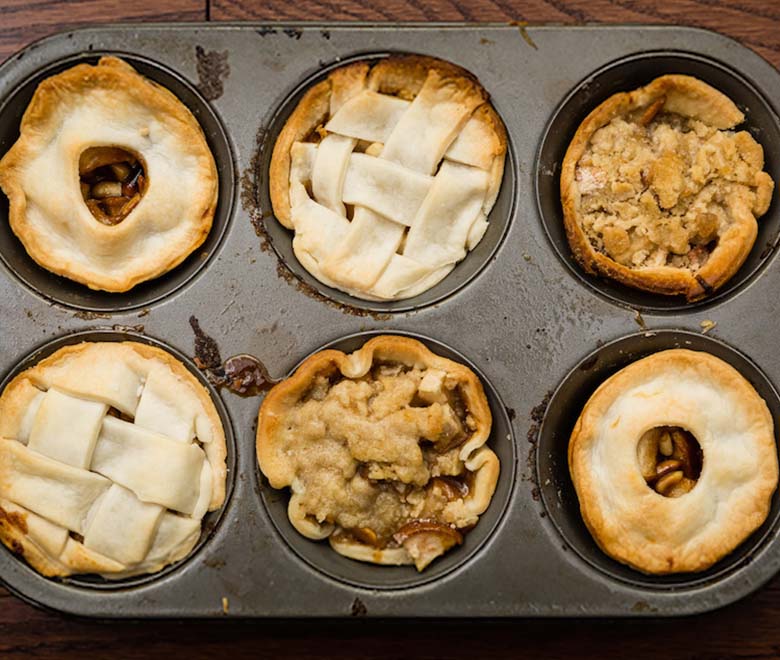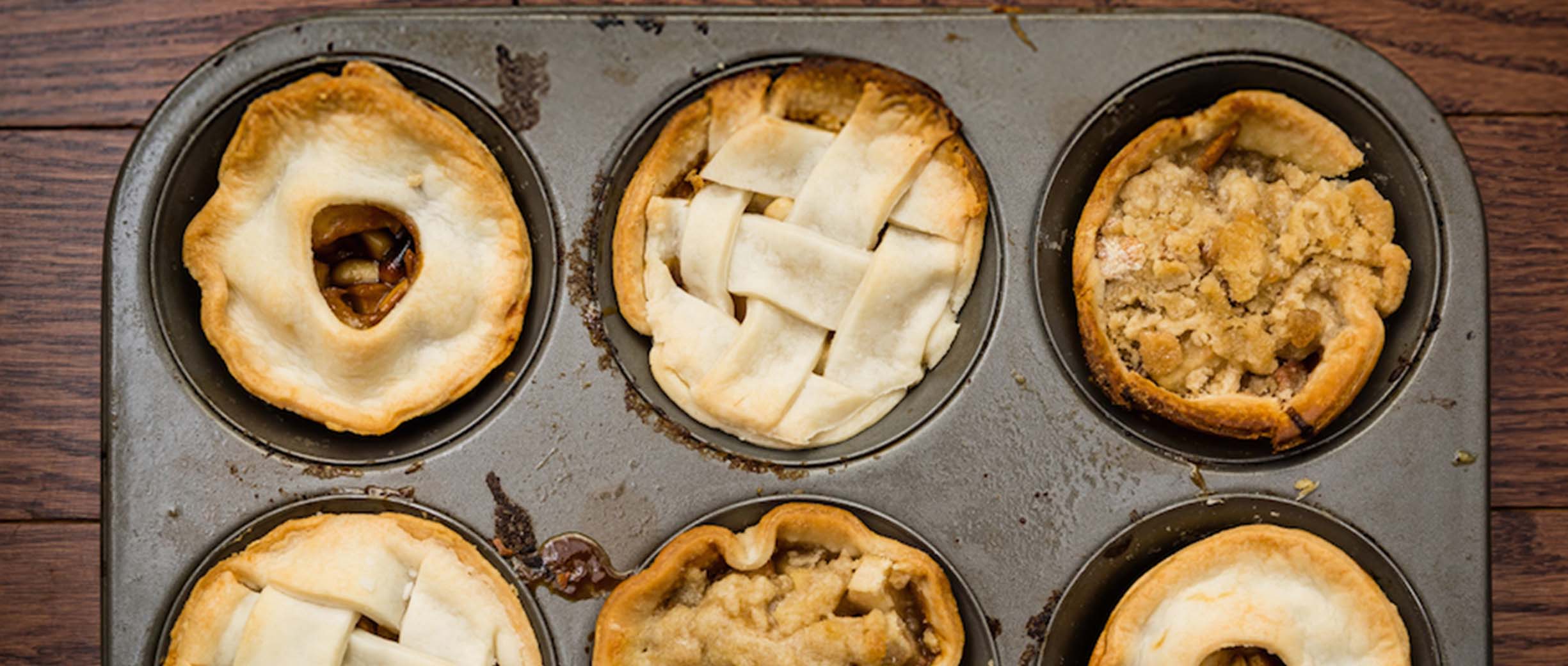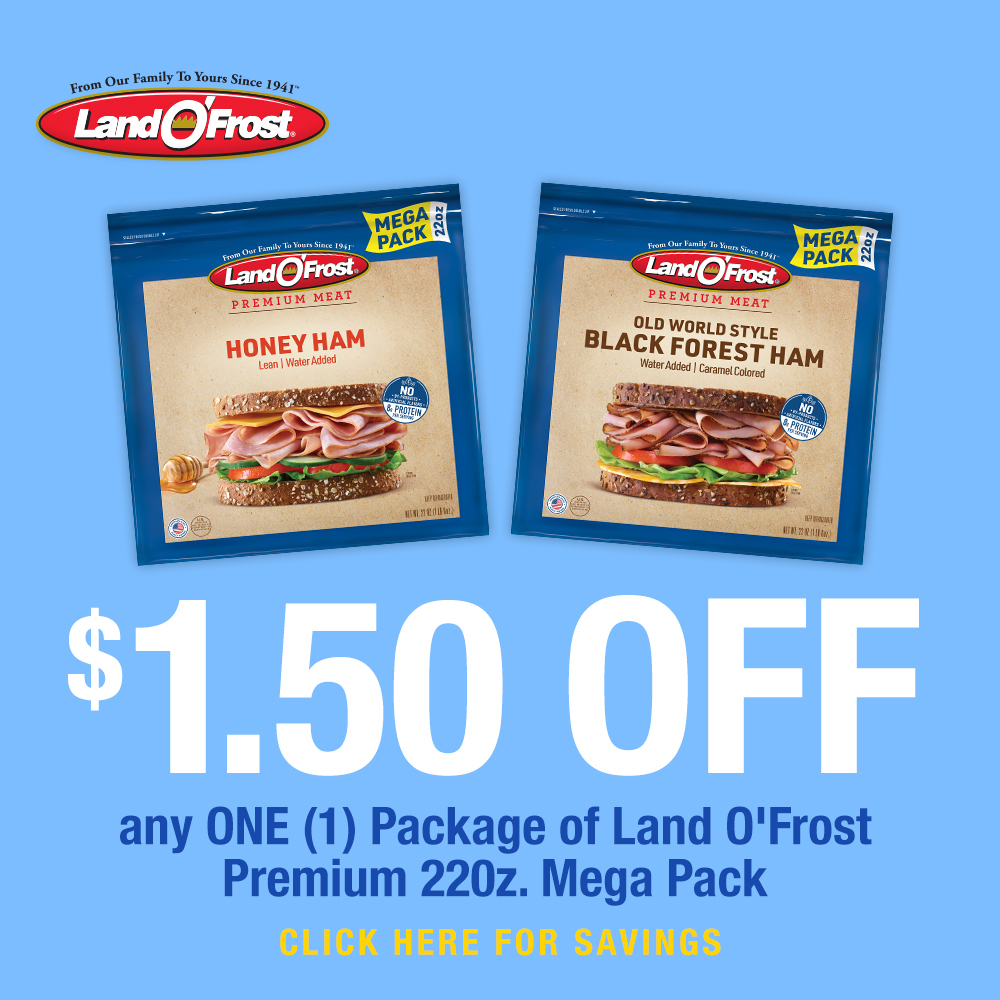
The Perfect Pie: Tips to Consider When Baking


There are two types of people in the world—those who love pie, and those who make pie for the people they love. And, even though we’re all busy, there’s really nothing like sinking your fork into a slice of homemade pie, especially during this time of year.
Having married a pie lover, I’ve spent most of my marriage perfecting pie-making for the man I love. The practice of pie-making is rich with tradition and, frankly, can be quite tricky. On any occasion I have to serve pie, in fact, I make three – one to taste-test, one for our family and one to share. And often I even make several single-serving pies so that I can really flex my creative muscle.
Whether you are using a family-favorite, curled-edge index card recipe with handwritten instructions or recipes from the Internet, certain things always ring true. Of all the tips, tricks and tools I’ve encountered in my quest to bake the ultimate pie, here are some important notes I’ve accumulated.

The Pie Crust
Let’s begin by discussing the fat. There aren't a lot of ingredients in a homemade pie dough recipe, so it is important to use the best. The fat you choose will determine the flakiness and flavor in the end result. Lard is the fat that has been used in pies for decades—it’s probably what your grandmother would recommend. Because it doesn’t melt quickly, it yields a flaky crust, however it does not lend any flavor to it. Shortening also imparts no flavor, but it has a high melting point, so it easily mixes into dough and bakes into a very flaky crust. Butter is my personal go-to. I love the flavor, how nicely it freezes, and how pockets of it in the dough translate into golden brown flakiness.Rules about the fat
Follow some rules. There are just a few – but they are all key – and pie-makers typically feel very passionately about them.- Chill the fat: Whichever fat you choose, chill it first so it doesn’t melt as you prep. Small unmixed pockets of fat are a good thing.
- Don't overmix: Incorporate the ingredients just enough. Too much will disrupt the fat pockets and compromise the opportunity for flakiness.
- Let it rest: Chill the dough before rolling out. Your dough already got a workout in the mixing process. After a rest in the fridge, the dough will be easier to spread out and more likely to result in a flaky wonder.
The Pie Top
Open-faced, latticed, double-crusted or crumbled, give some thought to the top of your pie. And when in doubt, make a couple of each kind of top. Divvy up one crust recipe into several individual pies and bake them in muffin tins. Allow for steam to escape by pricking the tops with forks or creating a hole.
